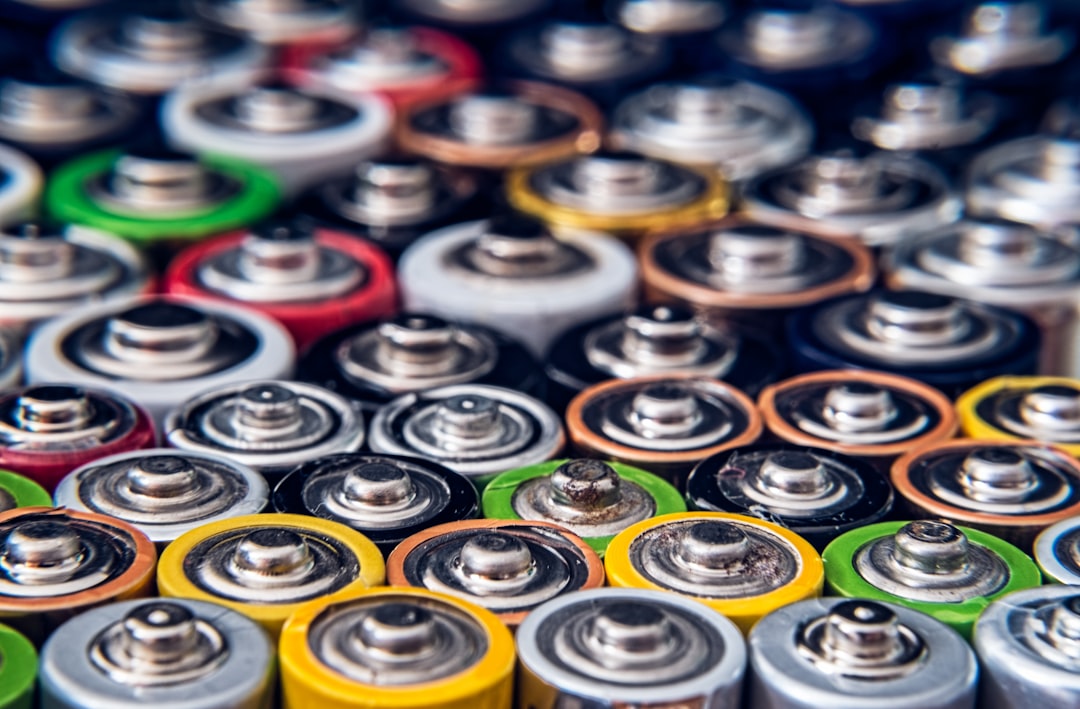What is it about?
Natural fiber-reinforced composites present high specific properties. However, their use in hostile environments can lead to the degradation of their mechanical properties which could limit their expansions in practical engineering applications. Their hydrophilic nature makes them sensitive to moisture. The difficulty of evaluating the performance of these materials in an aggressive environment remains an obstacle. the aim of this work is to analyze the static and dynamic behavior of flax fiber composites in a water environment. First, the characteristics related to the water absorption of the composites are determined. Then, the effect of water ageing on the mechanical characteristics in static and cyclic fatigue tensile as the Young's modulus, the strength, the dissipated energies and loss factor are studied.
Featured Image

Photo by Rasmus Kuber on Unsplash
Why is it important?
The results show that the mechanical characteristics in static and cyclic fatigue are sensitive to water ageing. All cyclic fatigue performance evaluation criteria can be used in evaluating the lifetime of composite materials for different orientations and stacking sequences of fibers.
Perspectives
analysis of damage mechanisms with the technique of acoustic emission and the micrographic technique with the effect of water ageing in order to identify the mechanisms of microscopic damage and to quantify the correlation between damage, energy dissipation and loss factor of aged and unaged specimens during cyclic fatigue tests.
Malloum ABAKAR
Universite Nantes Angers Le Mans
Read the Original
This page is a summary of: The effects of water ageing on the tensile static and fatigue behaviors of greenpoxy–flax fiber composites, Journal of Composite Materials, March 2019, SAGE Publications,
DOI: 10.1177/0021998319835596.
You can read the full text:
Contributors
The following have contributed to this page










